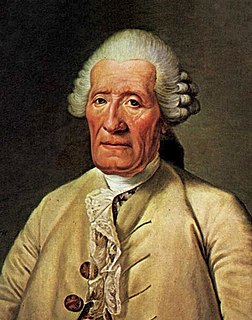This article needs additional citations for verification .(July 2011) |
| | |
| Other names | Transverse flute, Boehm flute, C flute |
|---|---|
| Classification | |
| Playing range | |
 | |
In music, a Flute method is a kind of specific textbook style manual for playing the flute. It usually contains fingering charts and/or scales and numerous different exercises, sometimes also simple etudes, in different keys, in ascending order as to difficulty (= in methodical progression) or with a focus on isolated aspects like fluency, rhythm, dynamics, articulation and the like. Sometimes there are duets or even recital pieces, also with accompaniment. Such methods differ from etude books in that they are meant as a linear course for a student to follow, with consistent guidance, whereas volumes of etudes are not as comprehensive.
Contents
- Historical
- 17th Century
- 18th Century
- 19th Century
- Modern Methods
- Early 20th century
- Mid to Late 20th Century
- See also
- References
As typical instrumental methods are meant to function as textbooks supporting an instrumental teacher (rather than to facilitate self-teaching), usually no basic or special playing techniques are covered in any depth. Detailed instructions in this respect are only found in special, autodidactical methods.
Some methods are specially tailored for students on certain skill levels or stages of psychosocial development. In contrast, a 'complete' method (sometimes in multiple volumes) is meant to accompany the student until he or she becomes an advanced player.
Methods of certain authors or editors have achieved the status of standard works (reflecting regional and cultural differences) and are published or reissued by different publishing companies and often in new layouts or arrangements. The Suzuki Method is one of the most well known examples of this.
The following is a list of various methods of historical interest.






